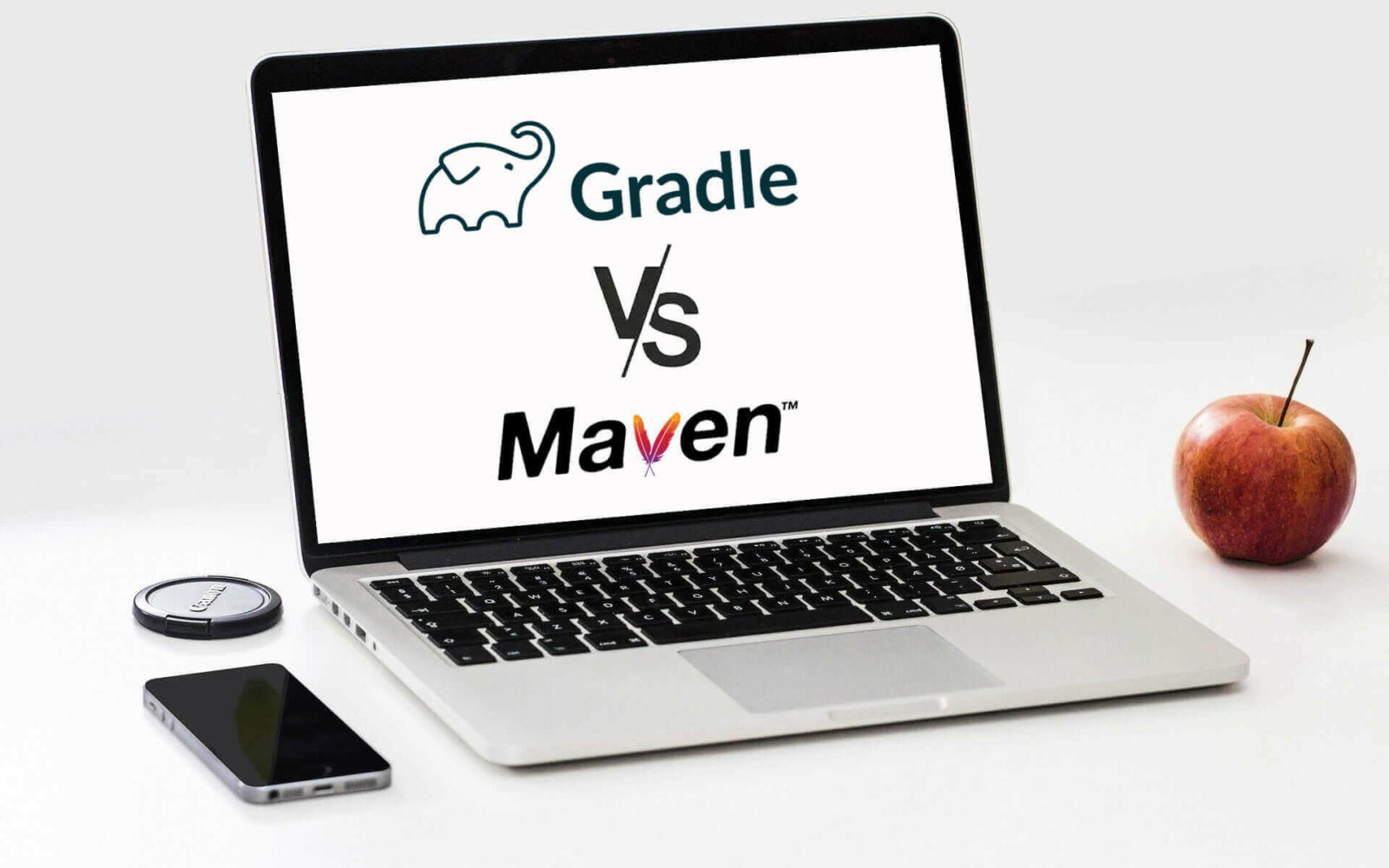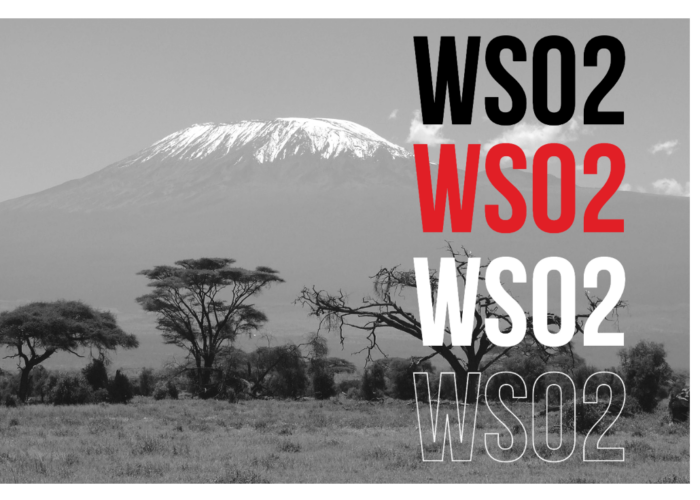There are two leaders for software development that have been gaining ground for a considerable time and today, one more than the other, is the most widely used and awarded in the world of computing. We are talking about the dichotomy between Gradle and Maven, two widely used and praised programming tools in the community.
In this article, we will explore in depth these two options, their definitions and the main differences between them in terms of performance, user experience, flexibility and dependency management. By understanding the differential characteristics of Gradle vs Maven, you will be able to make an informed decision and select the tool that best suits your development needs.
What is Maven?
Maven is a software project management tool. It is mainly used for Java projects and utilizes concepts from Apache Ant.
It is widely used in WSO2 projects and is very customizable. This allows you to complete complex tasks quickly, reusing results from previous executions.
The configuration of a project is based on an XML file, which includes the requirements for the build.
Maven adds the following features to Apache Ant:
- Repositories Management: These are locations that store the jars necessary for the build. There are three repositories: local, central, and remote. The first is located on the machine where the build is performed, and the other two are accessed remotely via http. Maven focuses first on the local repository for a jar search. If it cannot find it, it will search remotely and download it to local to speed up future builds.
- Dependencies Management: These are declarations of the jars that the project requires for its construction.
- Lifecycle Management: Part of previously defined goals and phases.
Project example HelloWorld in maven (pom.xml)
<?xml version="1.0" encoding="UTF-8"?>
<project xmlns="http://maven.apache.org/POM/4.0.0" xmlns:xsi="http://www.w3.org/2001/XMLSchema-instance"
xsi:schemaLocation="http://maven.apache.org/POM/4.0.0 https://maven.apache.org/xsd/maven-4.0.0.xsd">
<modelVersion>4.0.0</modelVersion>
<groupId>org.springframework</groupId>
<artifactId>gs-maven</artifactId>
<packaging>jar</packaging>
<version>0.1.0</version>
<properties>
<maven.compiler.source>1.8</maven.compiler.source>
<maven.compiler.target>1.8</maven.compiler.target>
</properties>
<dependencies>
<dependency>
<groupId>joda-time</groupId>
<artifactId>joda-time</artifactId>
<version>2.9.2</version>
</dependency>
<dependency>
<groupId>junit</groupId>
<artifactId>junit</artifactId>
<version>4.12</version>
<scope>test</scope>
</dependency>
</dependencies>
</project>
- Customization: In order to add a goal it is necessary to develop a Java plugin extending the AbstractMojo class and later add it to the pom.xml file.
<build>
<plugins>
<plugin>
<groupId>sample.plugin</groupId>
<artifactId>hello-maven-plugin</artifactId>
<version>1.0-SNAPSHOT</version>
<executions>
<execution>
<phase>compile</phase>
<goals>
<goal>sayhi</goal>
</goals>
</execution>
</executions>
</plugin>
</plugins>
</build>
What is Gradle?
Gradle is an open-source automation tool. It gained rapid popularity since it was essentially designed for multiprojects builds using Apache Maven concepts.
Gradle primarily enhances the following features of Maven:
- Language: Gradle does not use the XML language. It is based on DSL since it focuses on solving a specific problem, collaborating on highly structured, efficient, and maintainable builds for multiple projects.
- Lifecycle Management: It adds the ability to support the entire software life process (including compilation, testing, statistical analysis, and implementation).
Same project example HelloWorld in gradle (settings.gradle)
apply plugin: 'java'
apply plugin: 'eclipse'
apply plugin: 'application'
mainClassName = 'hello.HelloWorld'
repositories {
mavenCentral()
}
jar {
baseName = 'gs-gradle'
version = '0.1.0'
}
sourceCompatibility = 1.8
targetCompatibility = 1.8
dependencies {
compile "joda-time:joda-time:2.2"
testCompile "junit:junit:4.12"
}
- Customization: In order to customize a task, just add it to the groovy file (build.gradle).
println 'This is executed during the configuration phase.'
task configured {
println 'This is also executed during the configuration phase.'
}
Gradle vs Maven: Main Differences
In order to answer the final question, which is better Maven or Gradle, we highlight below the most important differences between Maven and Gradle:
| Gradle | Maven |
| Gradle’s construction time is short and fast | Maven’s performance is slower than Gradle’s |
| Gradle’s scripts are much shorter and cleaner | Maven’s scripts are slightly longer than Gradle’s |
| It uses domain specific language (DSL) | It uses XML |
| It is based on the task through which the work carried out | In Maven, objectives linked to the project are defined |
| It supports Java class incremental compilations | It does not support incremental compilations |
| Support for continuous integration tools | Support for most continuous integration tools |
With these Gradle vs Maven differences in mind, you can assess the needs of your project and select the tool that best suits your specific requirements.
Maven or Gradle? Which One Should I Choose?
The key is flexibility. If the project can be managed with standard goals or with minimal customization, then Maven is enough. However, if the project requires different behaviors based on multiple construction time variables, then Gradle may respond more effectively.
If you want more details about these powerful tools, contact us and we will advise you without obligation.


Talk to our experts!
Contact our team and discover the cutting-edge technologies that will empower your business.
contact us




